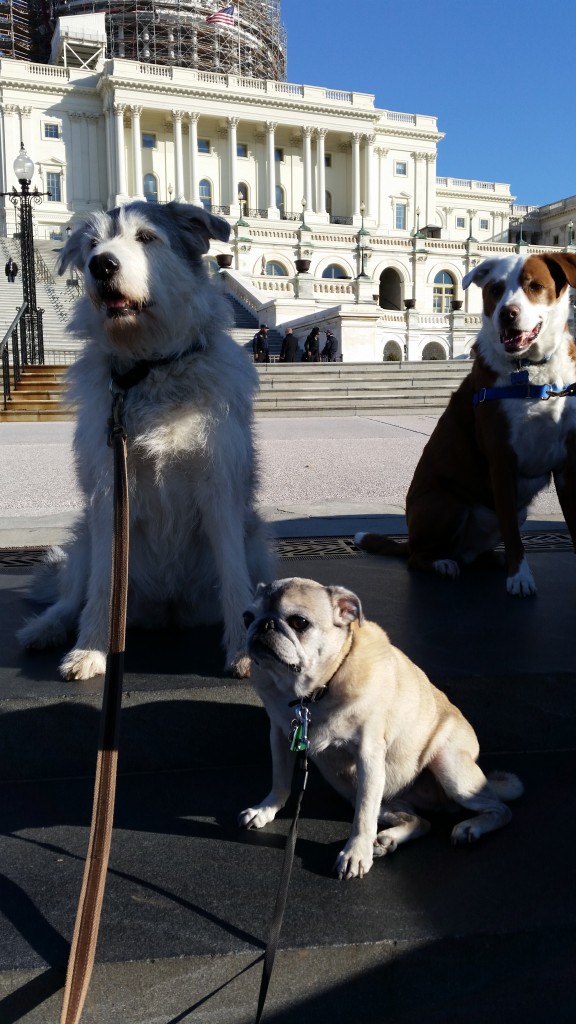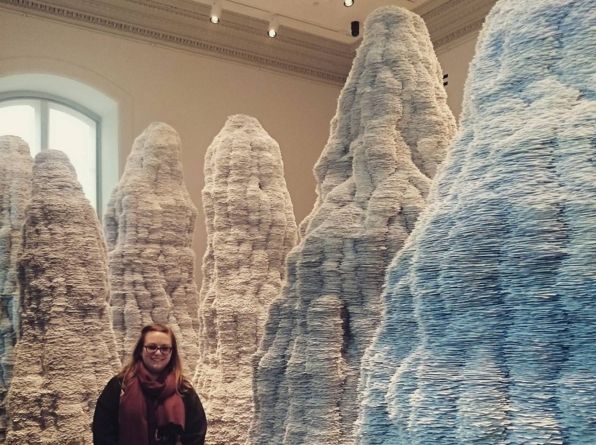As the Government Affairs Intern for Alaska Wilderness League in DC for the past few months, I’ve learned about the wide range of people who dedicate their lives to environmental work for Alaska – from people living in the Arctic who are already facing the effects of climate change, to people working on environmental campaigns in DC that lobby against powerful industry pressure.
I’ve met some really interesting people:
–Alaska Natives who flew in just to speak to Congressional staff about how oil drilling and climate change affects their lives;
–board members of Alaska Wilderness League, who include writers, executives, and experts in their fields;
–and lobbyists and campaigners from environmental NGOs working on issues affecting the oceans, forests, plains, wildlife, and people of Alaska.
And I’m learning so much from them about the behind-the-scenes efforts of working on a campaign:
Communication skills are absolutely essential when working on a campaign –you’re communicating with people within your organization, from other environmental organizations, and the staff of a lot of different Congressional offices ALL AT THE SAME TIME.
The most common interaction I’ve had, other than with the all-stars in my office, are with people at other environmental NGOs in Coalitions.

Coalitions: are one of the most important tools that an organization can employ. Forming a coalition increases your membership and staff working on an issue, which can be really effective in amplifying your impact.
AWL is a part of several different coalitions that work together every week by having conference calls and strategy meetings to plan for developing environmental policy: what bills are coming to the House or Senate floor, what amendments have been proposed or attached that can negatively alter the legislation, which Congressmen to target for meetings to keep them caring and focused on our issues.
Communicating successfully within a coalition poses some challenges, though, that can make your work difficult.
The same as with the addition of teammates to any group project, even though your overall goals are broadly the same, some in the group can have strong opinions about which method will be the most effective at reaching those goals.
Four Essentials I’ve Learned from Coalition Work:
- Be actively inclusive – this builds and keeps trust in the group. People can get upset quickly if they feel left out and even more upset if they feel like you did it on purpose. Solution: emails, emails, emails – about when you will be meeting and what the agenda is, reminders, notes from the call/meeting in case anyone missed it, etc. Keeping communication open and constant is key.
- Be patient and polite – giving everyone plenty of time to talk while politely keeping everyone on track can be such a balancing act, especially when there are 20 people on a conference call and someone hasn’t muted their line and you can hear construction the entire time. But, I promise you can handle it, or at least you can go home and have some wine because you’re a classy adult who deserves it. Just remind yourself of all the benefits of teaming up!
- Pull your weight – I wish this were self-explanatory, but unfortunately, it is not. This is the root of why people hate group projects, right? Well, it happens in the adult world, too, unfortunately. What can help with this: some light delegating. This works best if you are in charge of the call, even better if you have an understanding of peoples’ skills, access, and current capacity for taking on new projects. Then, you can suggest they become the lead on that project. This must be done thoughtfully, because how would you feel if someone pushed some giant responsibility on you that you were not prepared for?
- It’s okay to disagree – Coalition members have banded together for a broad goal and common ground on how to reach that goal is often found, BUT sometimes it’s not. Maybe a few groups feel the same way and a few other groups feel a different way? Hey, look: two smaller coalitions. That’s okay. What’s not okay is getting into a fight about fundamentally different beliefs and never being able to work together again. Nobody wants that.
I think the most vivid group project that comes to mind from my first year at BardCEP was for the National Climate Seminar interview – this was great experience for working on a team, but especially interacting professionally with field experts. If you are a BardCEP student reading this, PAY ATTENTION to that assignment. It can even help you if you do interviews for your thesis.

Being a part of a professional team is still a learning experience, but I feel prepared and am gaining confidence.
And, I am getting to actively participate in my passion! That’s amazing, especially for someone who’s still in school.

